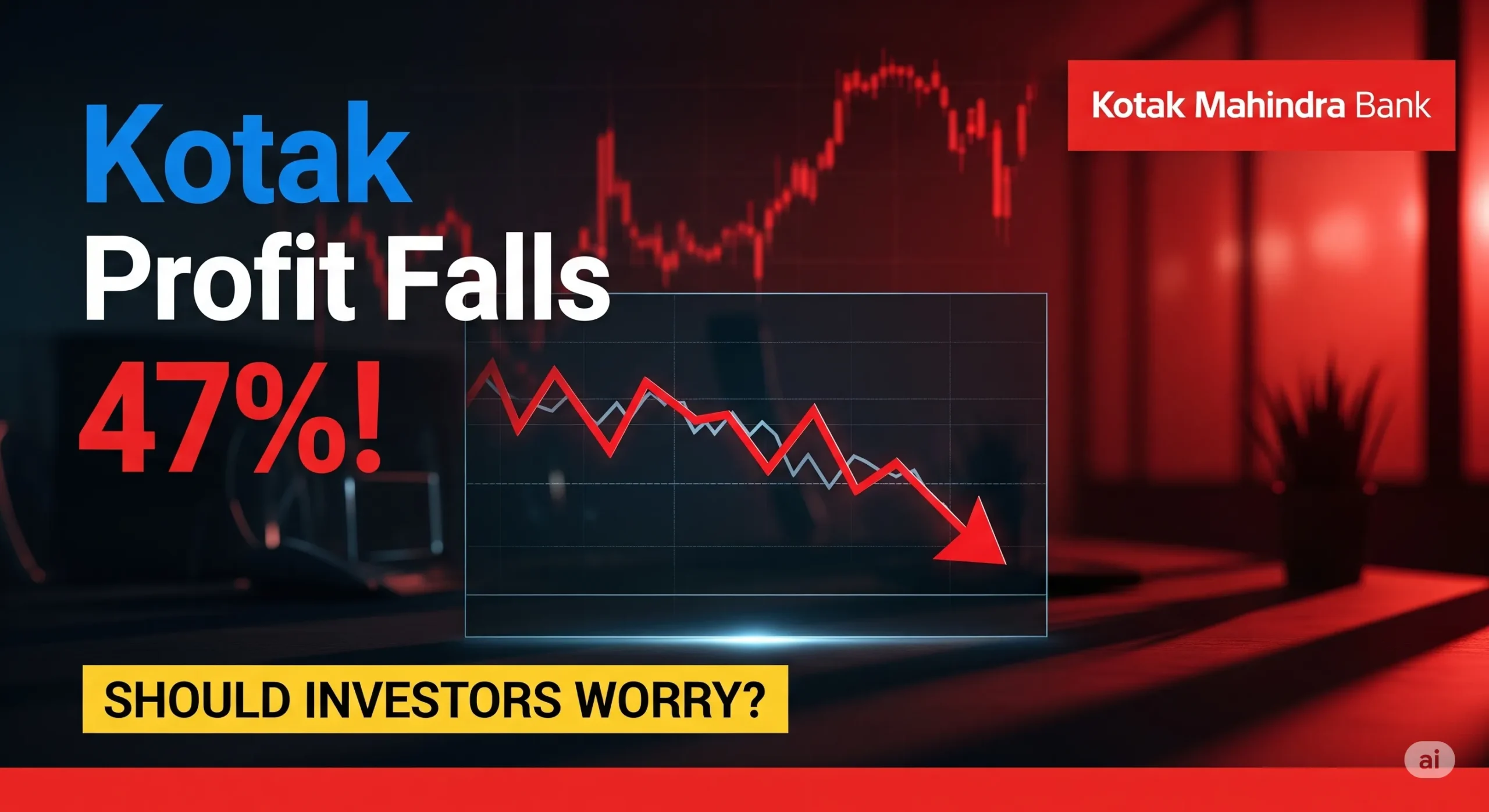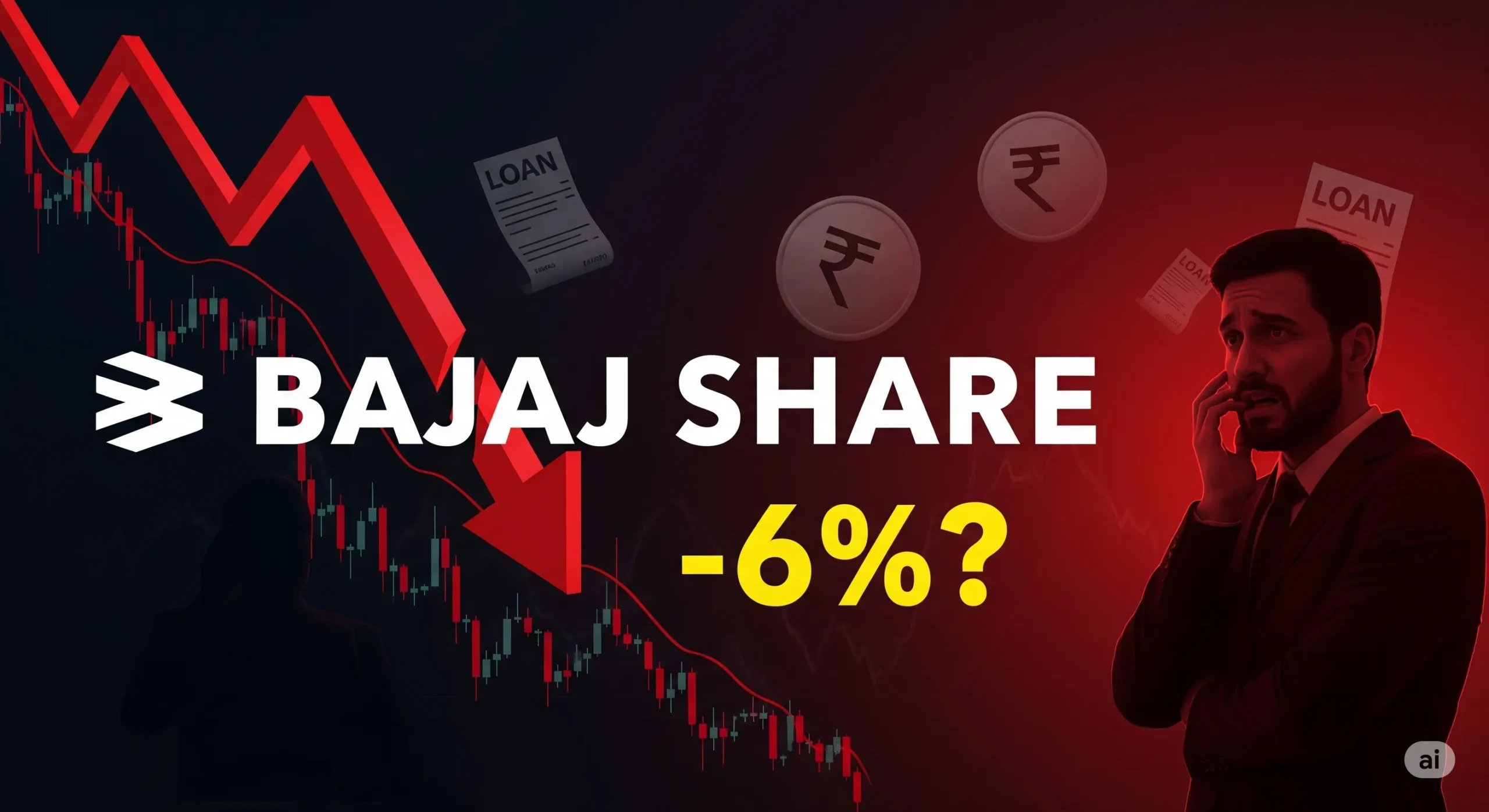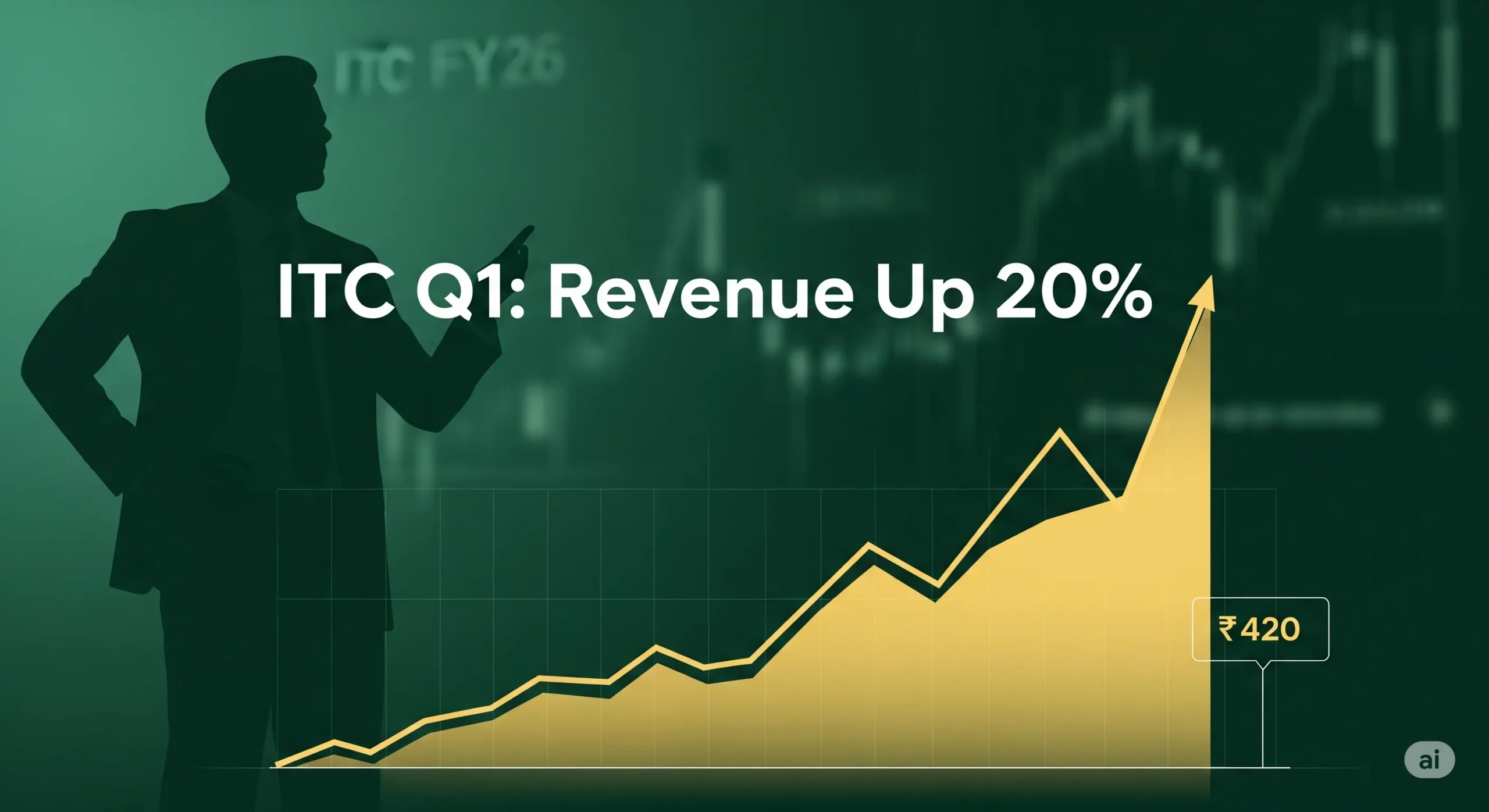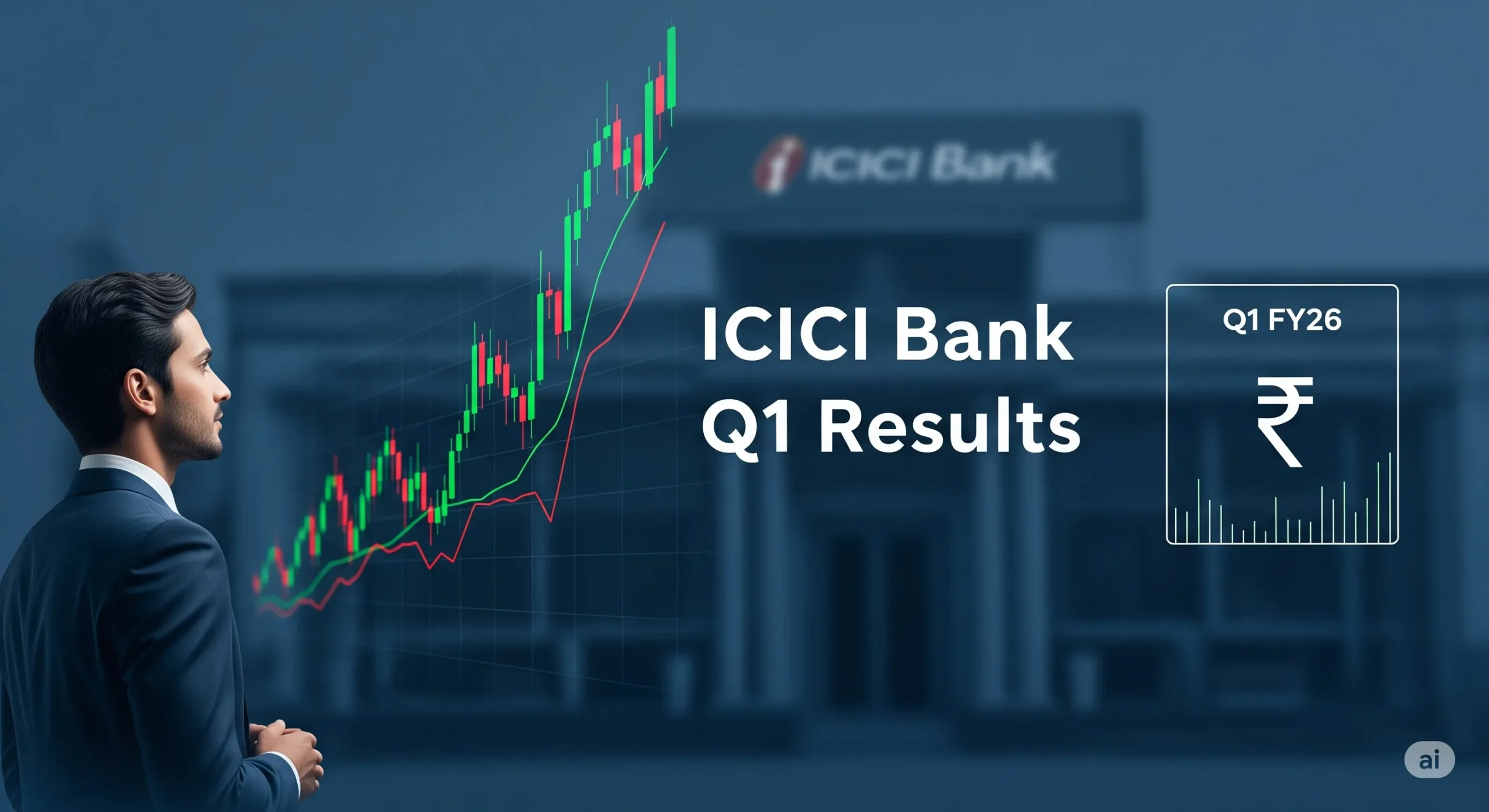Kotak Mahindra Bank posted a sharp 47% decline in its standalone net profit for Q1 FY25, coming in at ₹3,282 crore. While this looks steep, the drop was largely due to a one-time gain in the same quarter last year. Adjusted for that, profits are down around 7% YoY, impacted by higher provisions and falling margins.
This comes against the backdrop of strong US markets, where the S&P500 and Nasdaq hit record highs. In contrast, Indian indices like the Sensex and Nifty are under pressure amid weak performances in banking and IT.
Let’s break down Kotak’s numbers and what they mean for investors.
Kotak Q1 FY25 Financial Summary
- Net Profit: ₹3,282 crore (down 47% YoY from ₹6,250 crore in Q1 FY24)
- Adjusted Profit (excluding one-time gain): ~7% decline YoY
- Net Interest Income (NII): ₹7,259 crore (up 6% YoY)
- Net Interest Margin (NIM): 4.65% (vs 5.02% a year ago)
- Gross NPA: 1.48% (vs 1.39% YoY)
- Net NPA: 0.34% (stable YoY)
- Advances: ₹4.44 lakh crore (up 14% YoY)
- Deposits: Grew 15% YoY
- CASA Ratio: 40.9% (vs 43.4% YoY)
- Return on Equity: 10.94% (down from 13.9% YoY)
- Cost-to-Income Ratio: 46.19%
What Hurt the Performance?
Higher Provisions Dragged Profits
- Provisions more than doubled to ₹1,208 crore.
- Key stress points: Retail commercial vehicle loans and microfinance.
- Credit cost rose sharply, though management believes MFI stress may have peaked.
Falling Margins Due to Interest Rate Cuts
- RBI’s rate reductions and competitive loan pricing lowered NIM to 4.65%.
- Lending pressure and growing competition in retail segments squeezed profitability.
Management Commentary
Kotak’s leadership expressed cautious optimism:
“We are seeing signs of stability in the microfinance segment. However, commercial vehicle lending continues to require close monitoring,” said a senior executive.
They also highlighted:
- Strong growth in deposits and advances
- Positive customer response to digital products like Kotak 811
- Revival of the credit card business through its new premium card ‘Solitaire’
Market Context: Global vs India
- US Markets:
- S&P500 and Nasdaq hit all-time highs
- Boosted by 2.8% Q2 GDP growth and cooling inflation (PCE at 2.5%)
- EU-US tariff talks and China’s $400B stimulus also supported momentum
- Indian Markets:
- Sensex fell 721 points on July 25
- Nifty closed below 24,850
- Sectors like power, IT, and midcaps saw sharp declines
- Nifty Bank dropped 537 points to 56,529
Kotak’s Q1 miss adds to the bearish mood in Indian financials, but broader fundamentals remain intact.
Should Retail Investors Worry?
- Short-term pressure is likely due to margin compression and provisioning.
- Long-term outlook remains positive if Kotak successfully navigates credit stress and continues its digital push.
- Investors should monitor stress in vehicle and MFI loans, as well as NIM trends in the coming quarters.
Frequently Asked Questions (FAQs)
Why did Kotak Mahindra Bank’s profit fall in Q1 FY25?
The drop is mainly due to a high base in Q1 FY24 (which had one-time gains) and higher provisions this year for bad loans.
What is the current NIM and why has it declined?
NIM fell to 4.65% from 5.02% YoY, due to RBI rate cuts and competitive loan pricing.
Which loan segments are under stress?
The microfinance and commercial vehicle loan segments are facing elevated stress levels.
Is the digital and credit card business improving?
Yes, digital products are showing good traction. The credit card business is recovering, led by the launch of the ‘Solitaire’ premium card.
Should investors hold or exit?
Investors can hold if they are long-term focused. Watch the next two quarters closely for margin and credit quality trends.








